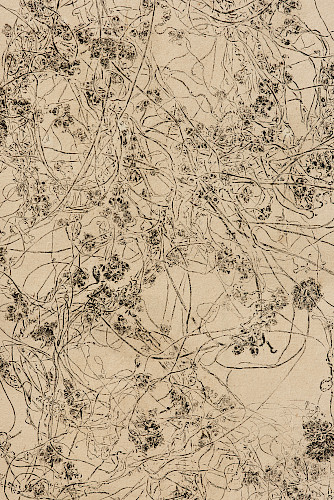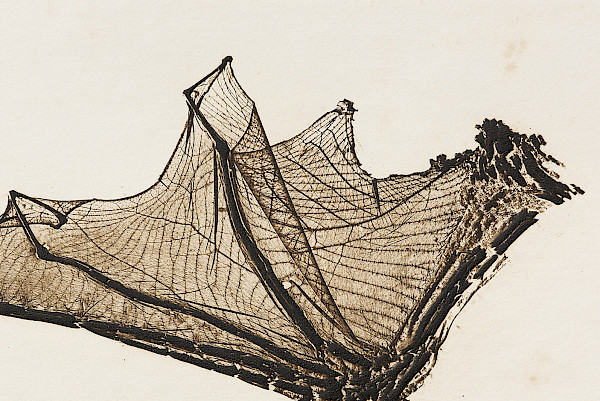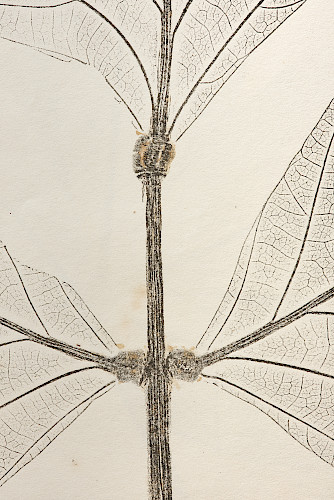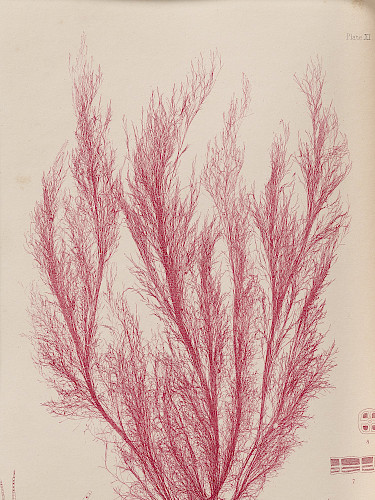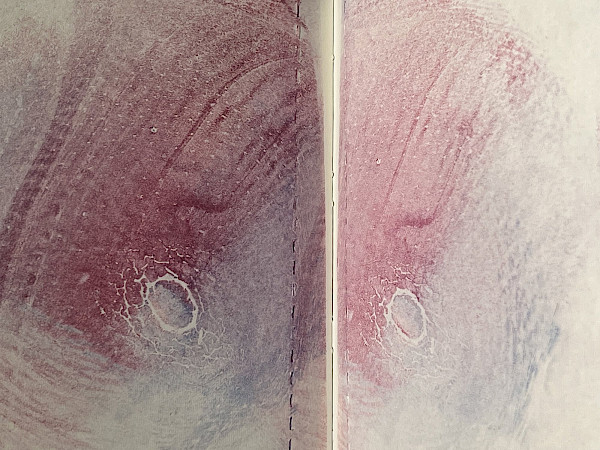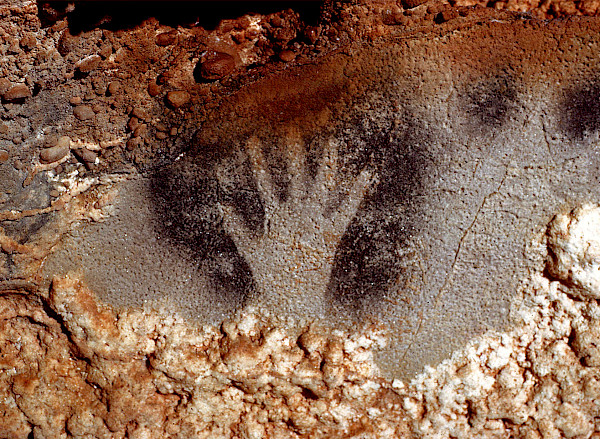
Since the beginning of time, the pressing urge of humans to leave a mark of their existence is attested by direct prints of their hands left in caves. Hailed as the earliest precursor to photography, Nature Printing is the practice of taking impressions directly or indirectly from the surface of natural objects such as leaves, flowering plants, ferns, seaweed, snakeskin, and more, to produce an image on paper.
Nature printing was popular with botanists in the 18th century as an aid in their study of useful and medicinal plants. By printing directly from specimens, they were able to represent plants in an affordable way and to great effect.
In the 19th century, the desire for life-like scientific images in combination with technological innovations led to new developments in nature printing. Some of these later prints still trick the eye with their exceptional detail and pronounced relief.
In the modern period, Max Ernst, Richard Long, Jasper Johns, Piero Manzoni, Brigid Berlin, David Hammons, Kiki Smith, and many others have used forms of nature printing to express their ideas.
Today, Capturing Nature takes nature printing to new audiences through book projects, exhibitions and creative collaborations.
